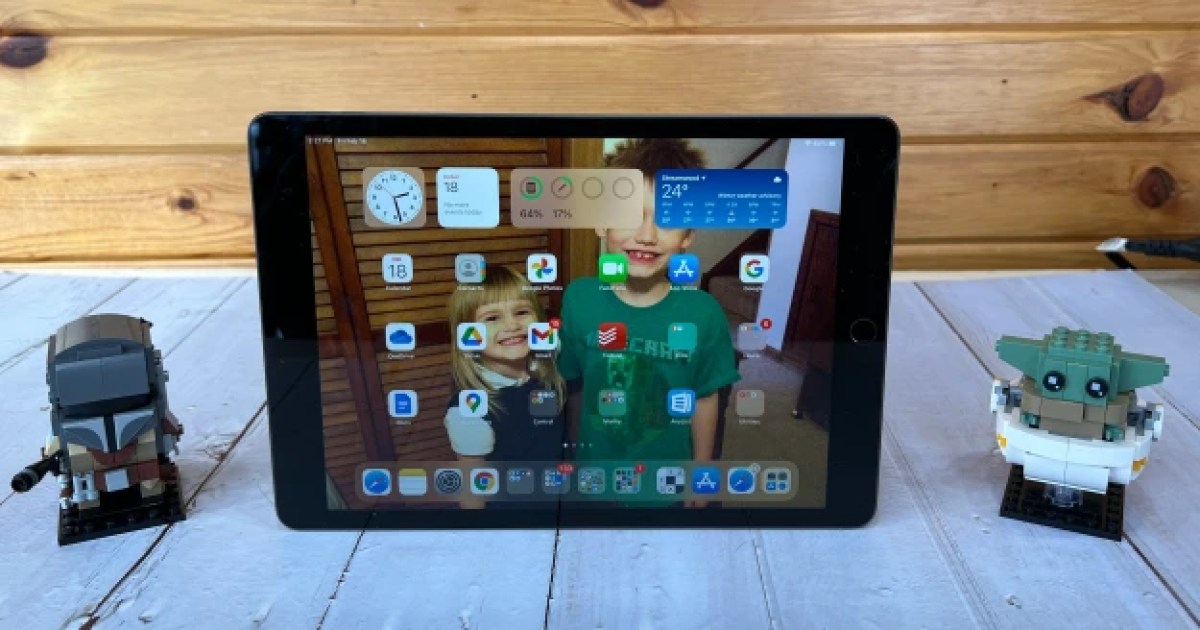Flipping houses has risen in popularity over the past few years and is an attractive venture for many investors interested in real estate. It offers the potential for high profits that can be used to continue flipping more properties. However, it may not seem accessible to every investor, due to its high minimum investment cost. Luckily, there are still ways to get involved in real estate. Discover these tips on how to start flipping houses with no money.
What Is House Flipping?
House flipping is a real estate investment strategy that involves buying undervalued property, fixing it up and selling it quickly to earn a profit. The key is finding distressed properties, rundown homes owners want to sell without upgrading or houses sold at auction or foreclosed.
When setting a budget or negotiating the purchase of a property, many flippers adhere to the so-called “70% rule.” According to this rule, you shouldn’t pay more than 70% of a property’s after-repair value (ARV) minus the cost of repairs.
You can capitalize on market demand by making strategic renovations, but don’t get carried away with unnecessary upgrades, which can eat into your profit. Look to resell the property within 12 months to reap earnings to reinvest in future flips.
How Much Does It Cost to Flip a House?
To prepare for your first fix-and-flip, you need to know what goes into the flipping cost. Here are some of the main costs associated with flipping a house:
- Purchase price
- Closing costs
- Taxes
- Renovation expenses
- Marketing and selling costs
You’ll also incur carrying costs, the money you’ll spend to keep the house before selling it. These include the mortgage, insurance, property taxes, utilities and possibly other expenses, such as a homeowner’s association (HOA) fee.
Furthermore, it’s important not to get caught off guard by loan costs, such as origination, inspections, appraisals and insurance. A permitting fee may also be required to redo certain rooms or add to the house.
The purchase price and these additional costs, which typically amount to about 10% of the acquisition price, equal the investment traditionally required for a flip.
10 Ways to Flip Houses With Little to No Money
House flipping requires money. Luckily, it doesn’t have to be yours. Consider these 10 ways to fund your upcoming real estate flipping project:
1. Crowdfunding
Crowdfunding platforms allow you to join multiple investors to purchase properties and pay for renovations, letting you participate in flipping without putting up substantial capital.
You can also use a crowdfunding site to attract investors to a project you want to lead. On top of that, you gain the opportunity to network with other investors through local events and meetups.
2. Hard Money Lenders
Hard money lenders are companies or private individuals who provide short-term loans with 8% – 15% interest rates. The loans are based on collateral, securing the lender if you default on the loan.
The shorter terms (ordinarily six months to three years) make hard money loans ideal for purchasing property, renovating it or selling it.
3. Private Money Lenders
Private money lenders are organizations or individuals who loan money to real estate investors. They aren’t regulated like banks and can often provide flexible terms that traditional lenders won’t or can’t. You can find private money lenders by building relationships with high-net-worth individuals and local investors.
4. Home Equity
If you’re a homeowner, you can leverage the equity in your house to kick off your house-flipping business, borrowing against your property with a home-equity loan or home equity line of credit (HELOC). You’ll typically need at least 15% – 20% equity in your home to qualify. Requirements vary by lender.
You can also try cash-out refinancing, which allows you to turn the equity in your home into cash. If you have a Solo 401(k), you can use your retirement account to flip homes without the consent of an account custodian.
5. Seller Financing
Seller financing is a mortgage agreement between you and the current property owner rather than you and a bank. The seller provides the loan, usually with more flexible terms, such as interest-only payments or no money down. As a real estate investor, your challenges might include balloon payments and building trust with sellers.
6. Sale-Leaseback
The sale-leaseback option gives you capital to invest in other properties while renting your home. You sell your home to an investor, enter into a lease agreement to continue living there and use the proceeds to invest in another property. Some arrangements allow you to rent-to-own, meaning you’re effectively buying back your home.
7. Wholesaling
With wholesaling, you find undervalued properties – sellers who need to sell quickly – enter into a contract on the home and turn around and sell that contract to someone looking to buy. You’re, therefore, the go-between, flipping by contract. This approach requires solid negotiation skills and a network of investors.
8. Partner With House-Flipping Investors
You can partner with others in the house-flipping business to minimize the needed capital. By joining up with experienced house flippers, you can learn from them. If your funding is low, your value to the partnership might be the deals or the network you bring in.
9. Live-In Flip
If you’re just getting into flipping, you can limit your capital requirements by living in the house you plan to renovate. As a first-time investor, you may receive favorable loan terms and lower down payments through programs like the VA loan or USDA loan. You can save even more money by handling the renovation yourself.
10. Government Loans and Grants
Too few people realize it, but the U.S. government offers grants and loan programs that can kick-start your fix-and-flip business. The FHA 203(k) Rehabilitation Mortgage Insurance Program, for instance, allows you to fund the purchase of a home and renovations under a single mortgage.
Resources like the Home Investment Partnership Program (HOME), affordable housing grants through the Federal Home Loan Bank System and hazard mitigation grants through the Federal Emergency Management Administration can also help acquire and rehabilitate homes.
Start Flipping With Little to No Money of Your Own
You now know how to start flipping houses with no money or at least less capital than real estate investments generally require.
You have many potential options, from borrowing money, partnering with other flippers and seeking government grants. Choose wisely and make a tidy sum while offering some excited homeowner a nice new place to live.
Frequently Asked Questions
A
No. Earning your real estate license can give you access to the Multiple Listing Service (MLS), provide networking opportunities and deepen your knowledge about real estate. However, it also demands a lot of time and money.
A
Yes. Your options include taking out a hard money loan, seeking help from private or online lenders or trying real estate investors. Remember that borrowing may be expensive and can make the process less efficient.
A
A return on investment (ROI) between 10% and 20% is considered good for flipping houses. The average ROI for house flipping in 2023 was 27.5%, the lowest ROI since 2007, according to ATTOM, a property data company.







